Listeners:
Top listeners:
00:00
00:00
volume_up
chevron_left
-
 play_arrow
play_arrow
Sunny 97-7
-
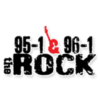 play_arrow
play_arrow
95 & 96-1 The Rock
-
 play_arrow
play_arrow
The Great 98
-
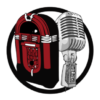 play_arrow
play_arrow
The Source
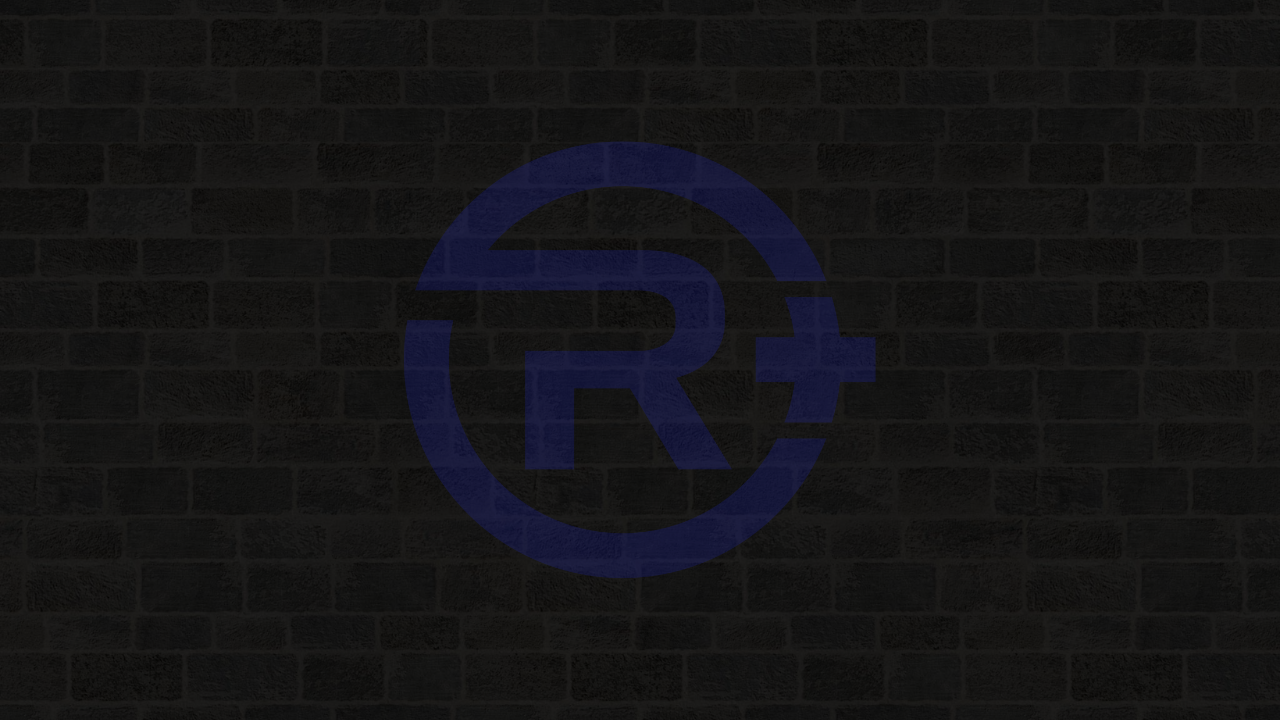
share
close
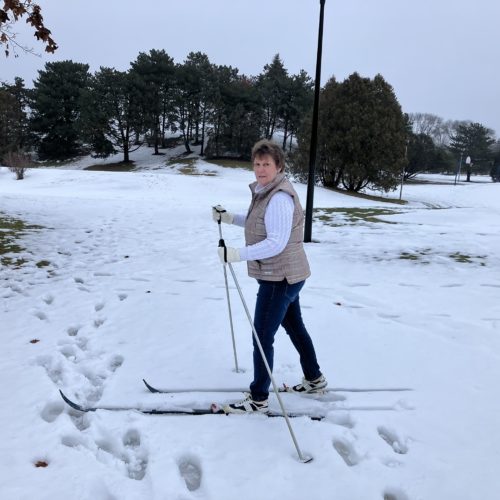
Lung cancer is the leading cause of cancer deaths in America, but with early detection there’s hope. Screening is used to detect lung cancer early when it is more likely to be curable. If lung cancer is caught before it spreads, the likelihood of surviving five years or more improves to 60 percent. Jody Holzman, a retired 64-year-old Fond du Lac resident, knows this to be true after being diagnosed with lung cancer thanks to a recommendation from her primary care provider, Louann Biddick, an SSM Health Fond du Lac nurse practitioner, and a low-dose CT scan. “At my annual physical in late March with Louann, she asked if as an ex-smoker would I be interested in a low-dose CT scan,” Jody recalls. “It sounded like a good plan so she ordered the scan.” From there, Jody received a call from Rebecca Lentscher, an SSM Health Cancer Care nurse practitioner, to ensure Jody qualified for a scan and to preregister her for the diagnostic test.
Patients must meet all the following criteria:
- Are between the ages of 50 and 77 and enrolled in Medicare, or between the ages of 50 and 80 and enrolled in a commercial insurance
- Show no signs or symptoms of lung cancer (worsening cough, hoarseness, cough producing bloody material, unexplained weight loss)
- Have a 20-pack-year tobacco smoking history (one pack of cigarettes a day for 20 years, two packs of cigarettes a day for 10 years, or other combinations. Pack a year history = number of packs per day x number of years)
Most insurance plans and Medicare help pay for recommended lung cancer screening tests.
Lung cancer screening uses a low-dose CT scan to take a picture of a person’s lungs. It can detect lung cancer before any symptoms appear. Lung cancer is confirmed by a biopsy through various techniques including robotic-assisted bronchoscopy. In Jody’s case, her scan was followed by a PET scan and lab work, which led her to Thomas Hinkamp, MD, a cardiothoracic surgeon with SSM Health in Fond du Lac. “When I met with Dr. Hinkamp, he did a wonderful job at explaining everything to me and drew pictures which were helpful,” Jody explains. “He was just great!” Jody was able to take advantage of new robotic-assisted surgery new to SSM Health St. Agnes Hospital thanks to Dr. Hinkamp. Previous offerings would have included open chest surgery. In robotic-assisted surgery, Dr. Hinkamp sits at a console next to the patient in the operating room and control the instruments, including a camera, on the robotic surgical system. A small 3D high definition camera is placed through one of the small incisions to provide a good view of the inside of the chest cavity, while wristed robotic instruments are inserted through the other small incisions made in between the ribs. Dr. Hinkamp removes lung tissue through one of the small incisions. The use of the wristed instruments lets him perform the surgery without having to make larger incisions to open up the chest or spread the ribs. “As robotic-assisted surgery is minimally invasive, it has several benefits,” according to Dr. Hinkamp. “These include a shorter hospital stay, quicker recovery, smaller scars and no cutting of the breastbone or ribs.” Robotic technology is a minimally invasive surgery that allows better visualization of the lung and lymph nodes. Smaller surgical lung resections, like segmental resections, can be performed for smaller tumor nodules. This thoracic robotic technology can be used for lobectomy, wedge resection, and segmentectomy. Other chest tumors can also be removed robotically. Following Jody’s robotic assisted lung surgery, she stayed in the hospital for only two days. Following discharge, most people recover at home within two weeks. “What an incredible difference,” she shares. “Just five tiny incisions instead of a big cut from my front to back. There was hardly any pain and my recovery was nothing.” She had no limitations. Following surgery, biopsies of Jody’s lymph nodes still showed a small presence of cancer. She was referred to Jasleen Randhawa, MD, an SSM Health Cancer Care hematologist and medical oncologist. Jody completed four doses of chemotherapy followed by a year of immune therapy. At each visit, she met with Dr. Randhawa and had lab work done. “My experience with Dr. Randhawa was really exceptional. Like everyone prior this, she has been so supportive, helpful with any questions, and explains all very clearly.” Having those immediate responses to any concerns or questions has left a lasting impression on Jody. “It has been amazing,” Jody says. “If you have any questions, they call back right away – many times within an hour. That brings great peace of mind when you have a concern or want a quick response.” What is Jody telling others about getting a low-dose CT scan? “The CT scan is so easy,” she says. “I tell people about the television commercials they may be seeing to consider it if they have smoked in the past. It’s better to know and take early action than to wait.” To learn more about low-dose CT scans, call 920-745-3036 (Ripon), 920-926-5570 (Fond du Lac), and 920-324-6547 (Waupun).
Written by: Radio Plus
Rate it

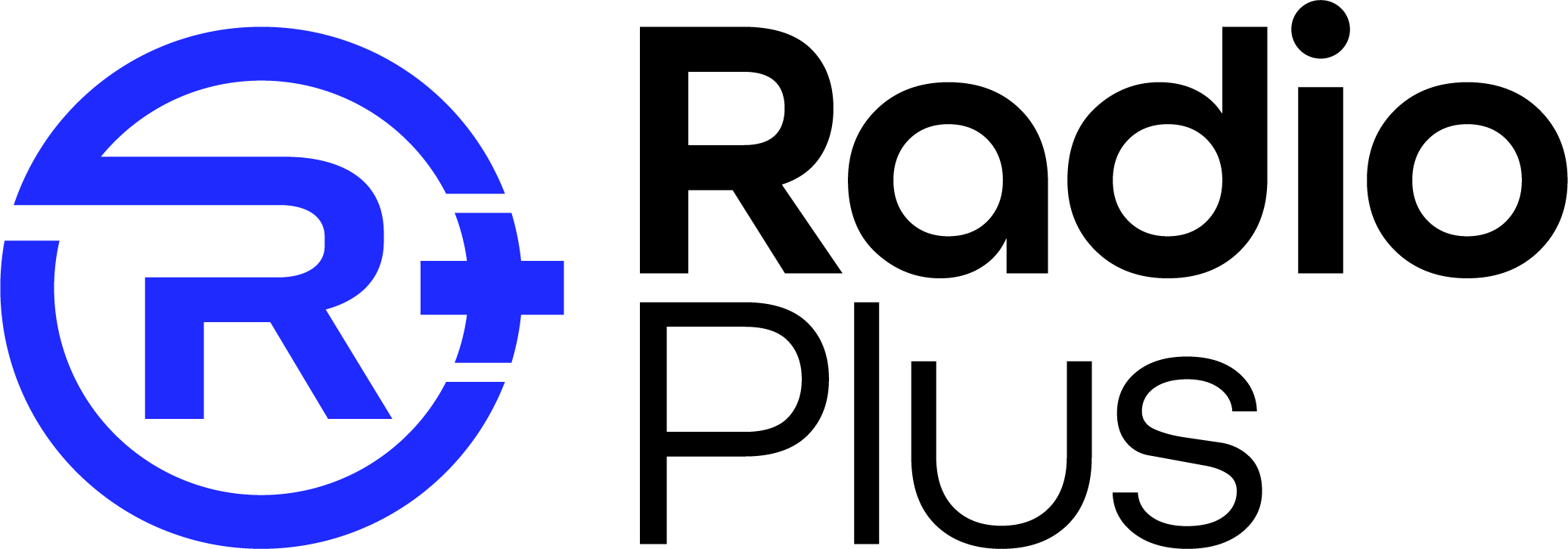


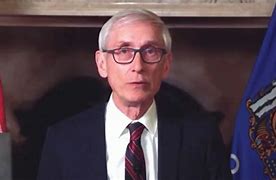
Post comments (0)